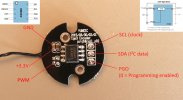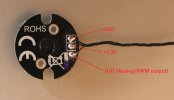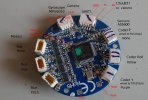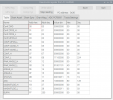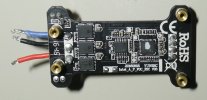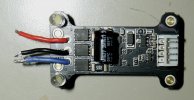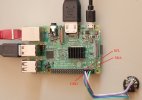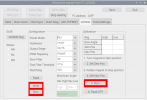With my Raspberry Pi tool I can only read the register from AS5600, but if needed it is not so difficult to add write function.
View attachment 29964
These numbers say a lot. This is what I expected.
Give me a few days to research this but I think we can use this information to set something up. If someone who knows Java or C++ better than I do, could take a look at the programming software we have, they could probably set up a nice communication app for us. I am limited when it comes to coding but I do code a little, probably just enough to get me in trouble.
I've been pretty busy the last couple of days but I will work on this over the weekend and post my results early in the coming week.
What Raspberry Pi tool are you using? I don't recognize the software you are using either. Did you write it yourself?
Our main problem is the fact that most have moved away from Yuneec by now or have lost interest in their products. This gives us limited help. The good news is that the die hard Yuneec guys, like myself, WTF, and you are still here and willing to put in the time to resolve these issues.
I noticed an ad on eBay from a seller who listed the magnets for these encoders. He had them listed as yaw, roll, an pitch magnets being three different sizes. Has anyone else noticed a difference in these magnets?
One last thought, the name of these cameras are CGO. Did Yuneec name the camera because of its programming language? CGO or GO programming?
3AAQAIAAAA4EjdzjqwKfQkALYcYeFAFT2ZuqJgkEylFj9zQ2xXuylmWapw29Kkb7u8mjLXG69HX9K3IyVN4X5xtb0qszrpNurXjrSyFhOeQN3GMgLP5zNZk6z8s9yIdxR6HnlAzuMELxeuFGrpIUnBBrpkYf9CrhD



